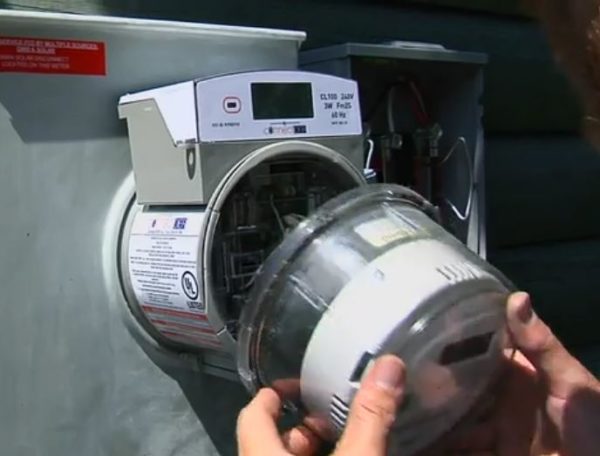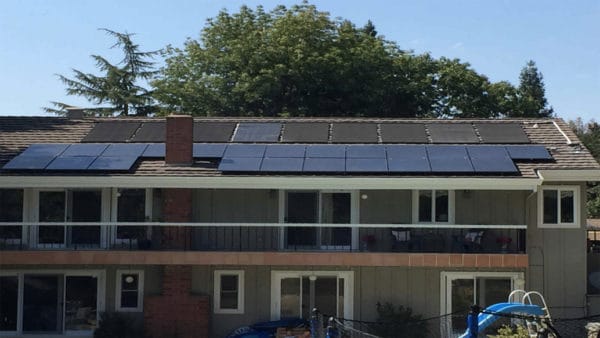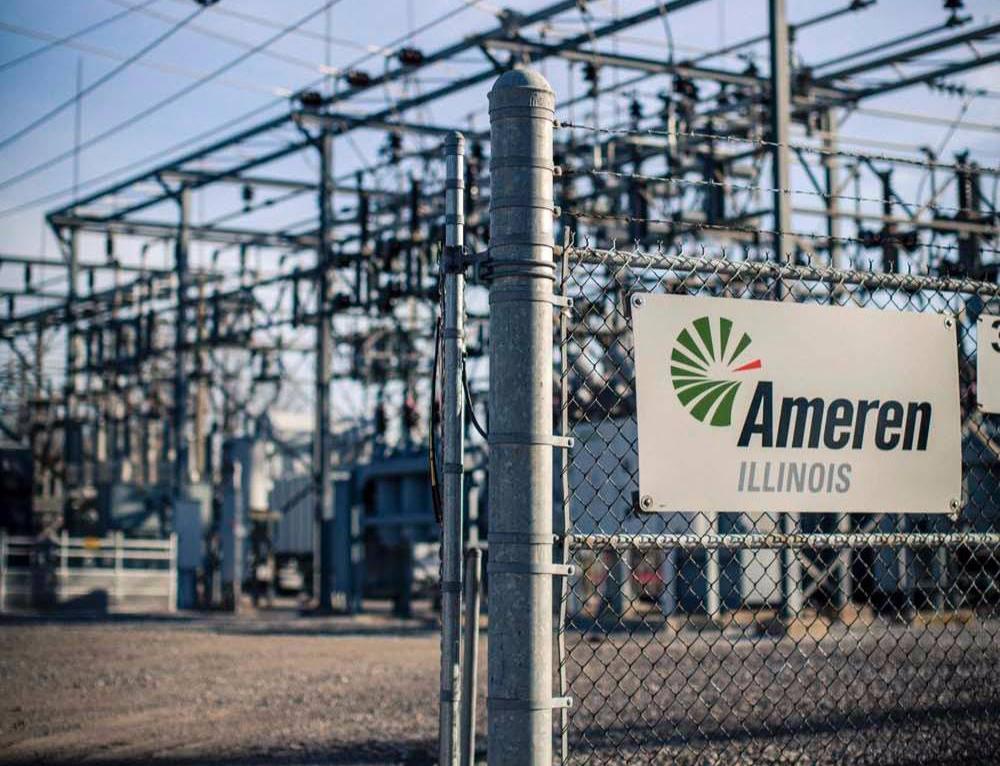A host of utilities across the United States have gone on the anti-solar offensive, using the influence and capital at their disposal to support legislation and institute policies intended on striking down the efficacy of distributed generation, according to a report released by Environment America, the Frontier Group, and the United States Public Interest Research Group Education Fund.
The most recent entry in this series looked at the report’s investigation of targeted campaigns, almost always focused at the state level, that have been undertaken by utilities and utility front groups to undermine residential solar in the eastern U.S.
Attempts to discourage rooftop solar development aren’t limited to the East, however, and the report outlines action that has occurred west of the Mississippi, even in states with massive solar potential.
Illinois
In 2017, the Illinois Legislature passed the Future Energy Jobs Act, designed to support the state’s growing solar industry by ensuring that rooftop solar customers would receive full net metering credits for excess generation. Once customer generation reached 5% of the utility’s peak demand, the credits would be partially replaced with payments based on the value of solar to the grid. Regulators were to investigate how that value would be calculated once residential solar reached 3% of peak demand.

In April 2020, Ameren, the company that that runs the distribution system for electricity customers in about three-fourths of Illinois, announced that it had reached the 3% benchmark, triggering the evaluation investigation.
In response, solar advocates questioned Ameren’s calculations, asserting that the company was attempting to end net metering early. In July 2020, an Illinois Commerce Commission (ICC) administrative law judge ruled that Ameren had calculated the percentage of rooftop solar power inaccurately. The judge asked Ameren to continue full net metering until the ICC could complete its audit of the utility’s calculations. Ameren declined.
In October 2020, Ameren announced it had reached the 5% threshold, and said new solar customers would no longer receive full retail net metering. Instead, they would receive rebates at some future point; the rebates worked out to be about half of the expected value.
This caused pricing uncertainty, which, according to the report, slowed residential installations and disrupted project payback timelines.
In December 2020, the ICC released a final order finding that Ameren had indeed miscalculated residential solar levels and inflated the apparent reach of distributed energy. The commission voted to order Ameren to restore full net metering credits and to make whole any customers who had signed up after October 2, 2020 and had not received full net metering credits.
According to the report, Ameren is still promoting methodologies that show it has reached the 5% cap.
Kansas
Kansas had fewer than 1,300 residential solar energy systems at the end of 2019. Just 0.23% of the state’s power came from solar energy that year, despite the state having a high solar potential.
The report asserts that this is likely due in part to the state’s utility rate design that allows Evergy – Kansas’ largest utility – to charge solar customers extra fees, thus reducing the benefits for solar customers and discouraging others from adopting the resource.

The report alleges that, in 2014, the two investor-owned utilities (IOU) that have since merged to form Evergy (Westar Energy and Kansas City Power & Light), along with another utility, District Electric, and a number of front groups, including one claimed to be a Koch-backed group, lobbied for bills introduced in the Kansas House and Senate to eliminate the state’s net metering policy.
Net metering was not repealed outright, but an amended bill was passed. That measure reduced the value of the power solar owners sell back to the grid and reduced the size of solar installations that qualify for net metering.
In late 2018, Evergy instituted a demand fee for customers with residential solar installations regardless of the total amount of energy used. Regulators approved the fees, which were $3 per kilowatt of peak demand in each billing period during the winter and $9 in the summer.
In April 2020, the Kansas Supreme Court ruled that the utilities and regulators had engaged in illegal price discrimination against customers with solar installations and remanded the issue back to the regulators. Regulators have since ruled unanimously against both Evergy’s demand fee and minimum charge proposals in its central territory, although other service territories remain saddled with the fees.
California
Even the state with the most installed solar capacity and the highest percentage of electricity generated by solar has not always been the most residential-friendly environment.
The state’s renewable electricity standard and Million Solar Roofs program have helped spur the growth of solar energy, and rate structures that make rooftop solar power a financially viable option for millions.
According to surveys cited by the report, 71% of state voters want the state to encourage more use of solar power, and another 14% want to at least maintain the status quo. 80% of state voters support net metering, and 64% oppose proposals to reduce net metering benefits for state solar owners. So where’s the issue?

California’s three IOUs, Pacific Gas and Electric (PG&E), Southern California Edison (SoCal Edison) and San Diego Gas & Electric (SDG&E), recently proposed changes to the state’s net metering program that would impose mandatory fees on solar customers and slash net metering payments.
These proposals were filed for consideration under the state’s ongoing process of updating its net metering rules (NEM 3.0), which you can read about here and, more recently, here.
On March 15, the three utilities issued their proposal for the next version of net metering, which included high solar fixed charges and severe cutbacks to net metering payments. SDG&E seeks a charge of almost $91/month on average for residential solar owners, while PG&E seeks $86/month on average and SoCal Edison $56/month on average, all among the highest such fees ever proposed in the country.
What’s mores, schools installing solar would need to pay an estimated $3,400/month in SDG&E territory, with SoCal Edison charging $1,100/month and PG&E charging $950/month.The utilities also seek to block solar power owners from rolling unused credits over from month to month, substantially cutting the value of solar power.
The report asserted that the utilities looked to the cost-shift defense, following the playbook of understating the benefits that rooftop solar delivers for electricity customers and the grid at large.
Rooftop solar’s ability to reduce the need for investments in long-distance transmission capacity is especially accute in California, yet utilities weren’t required until 2020 to calculate this and other avoided costs, such as distributed solar’s ability to create a more flexible and resilient power system, in the value provided by distributed solar power.
The report argued that if these criteria had been historically factored into calculation in good faith, then the utilities would find that the value provided by distributed solar often exceeds the compensation provided to its owners under net metering.
The next part of the series will outline recommended solutions offered by the report’s authors to counter anti-distributed solar efforts.
This content is protected by copyright and may not be reused. If you want to cooperate with us and would like to reuse some of our content, please contact: editors@pv-magazine.com.









By submitting this form you agree to pv magazine using your data for the purposes of publishing your comment.
Your personal data will only be disclosed or otherwise transmitted to third parties for the purposes of spam filtering or if this is necessary for technical maintenance of the website. Any other transfer to third parties will not take place unless this is justified on the basis of applicable data protection regulations or if pv magazine is legally obliged to do so.
You may revoke this consent at any time with effect for the future, in which case your personal data will be deleted immediately. Otherwise, your data will be deleted if pv magazine has processed your request or the purpose of data storage is fulfilled.
Further information on data privacy can be found in our Data Protection Policy.